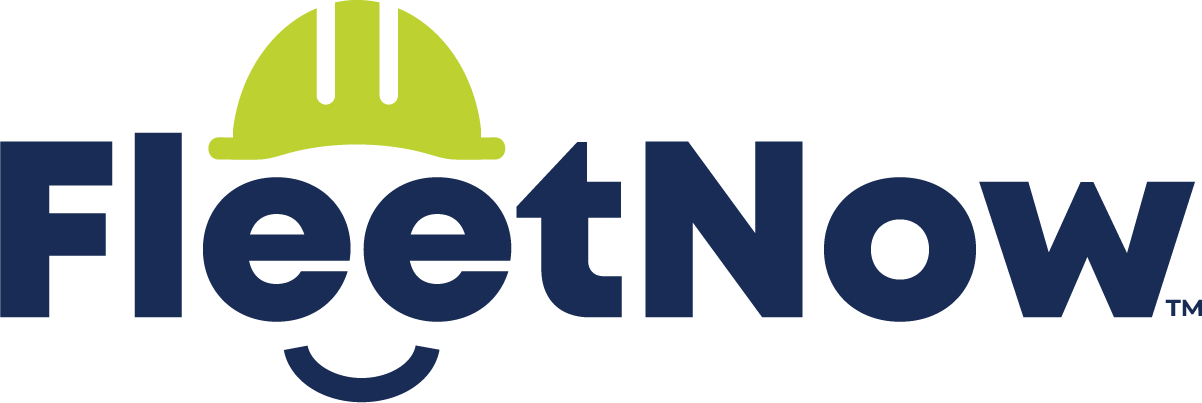5 Most Common Scissor Lift Problems To Avoid
Scissor lifts are essential equipment in various industries, from construction to maintenance. However, without proper care and attention, they can encounter issues that lead to costly repairs, downtime, or even accidents. Knowing the most common problems and how to avoid them can keep your equipment in top condition and ensure a longer lifespan.
1. Lack of Regular Maintenance
Routine maintenance is essential to the safe and efficient operation of a scissor lift. Operators should conduct daily pre-use inspections to identify any visible issues such as loose parts, leaking fluids, or abnormal sounds. But in addition to these daily checks, quarterly and annual inspections performed by qualified technicians are crucial for spotting deeper mechanical or electrical problems before they become serious. These scheduled inspections help ensure that your lift remains safe to operate and compliant with industry regulations. Download our free Scissor Lift Inspection Checklist here.
Regular maintenance not only ensures smooth operations but also helps detect small problems that could become major repairs down the line. Be sure to follow the manufacturer’s maintenance guidelines and get professional technicians involved for the more technical inspections.
Check out our blog post on Scissor Lift Maintenance Tips for more insights.
2. Water Intrusion & Corrosion
“Corrosion is what kills scissor lifts,” says Jeremy Nelson, a Field Service Technician at OHR Rents. Water exposure, especially over time, leads to corrosion on key components like rails and battery connectors. This becomes an even bigger issue if the scissor lift is exposed to the elements without a chance to dry out. In colder climates, water inside rails can freeze, causing them to split or warp.
While hydraulic systems are generally robust, connectors and other electrical components are highly susceptible to damage from water. Proper storage and prompt drying out of any moisture that accumulates are crucial to preventing these corrosion issues.
3. Storing the Scissor Lift Outdoors
One of the most common mistakes made by equipment owners is storing scissor lifts outdoors. Exposure to rain, snow, and fluctuating temperatures can cause rust and corrosion, especially on metal components and battery terminals. In cold weather, pivot points and sliding mechanisms can dry out, leading to stiffness or malfunction. Moreover, salt used on roads and outdoor surfaces during the winter can find its way into the lift’s mechanisms, accelerating the corrosion process.
Whenever possible, store your scissor lift indoors in a dry, temperature-controlled environment. If that’s not feasible, cover the lift with a waterproof tarp and regularly inspect it for signs of weather-related damage.
4. Poor Battery Maintenance
The battery is the lifeblood of an electric scissor lift, and poor battery maintenance can result in costly repairs or shortened battery life. Regularly cycling the battery—charging it fully and discharging it during use—is essential to keeping it in optimal condition. Overcharging, undercharging, or neglecting water levels in deep-cycle batteries can significantly shorten their lifespan.
If the lift is going to be stored for a while, follow the manufacturer’s instructions for storage to avoid unnecessary battery drain. Check water levels regularly, and ensure that the batteries are clean and free from corrosion. These small but important steps will ensure that your battery remains functional and lasts for years.
5. Debris Build-Up on the Job Site
Job sites are often cluttered with debris, and scissor lifts are not immune to picking up stray materials. Screws, nails, string, and other items can easily become lodged in the wheels or undercarriage, leading to damage to seals, tires, or even motors. Additionally, paint overspray or dirt getting into the rollers and controls can cause components to stick, reducing the overall effectiveness of the lift.
To prevent this, operators should be mindful of the surfaces they drive over and keep the scissor lift’s deck free from dirt and debris. Cleaning off any stuck-on materials and maintaining good housekeeping practices on the job site will significantly reduce the risk of damage.








